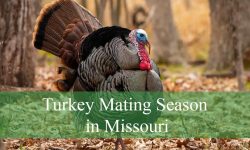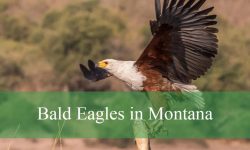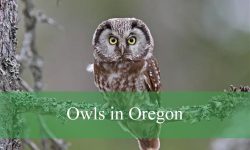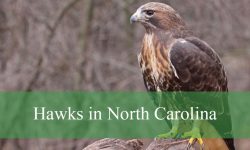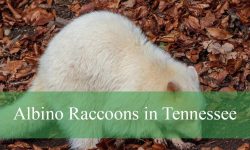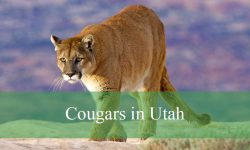Deep within Oregon’s ancient forests, a world awakens as twilight fades. From the moss-draped firs of the Cascades to the misty cedar groves along the coast, silent wings slice through the cool air. These are the owls of Oregon—enigmatic, efficient, and essential to the wild balance of life.
While most visitors may only hear a faint hoot echoing through the trees, owls are ever-present, guarding the rhythm of the forest. Their sharp instincts, quiet grace, and nocturnal lifestyle make them among nature’s most skilled predators.
This guide dives into their hidden world—how they fly without a sound, what they eat, where they live, and why they matter. Prepare to journey into Oregon’s shadowed heart, where every rustle might belong to a watching owl.
The Magical Forest Habitat of Oregon
A Sanctuary for Silent Hunters
Oregon’s forests stretch across a tapestry of landscapes—from coastal rainforests dripping with ferns to alpine meadows in the Cascades. This diversity creates ideal conditions for owl species of every size and temperament.
Old-growth stands of Douglas fir and western hemlock offer cavities for nesting and tall perches for hunting. Meanwhile, younger mixed forests and farmlands at the edges of wilderness zones provide open spaces rich with prey.
Owls depend on this mosaic of habitats. Each forest type offers something unique, ensuring that from coast to high desert, Oregon’s night skies are never truly silent.
Forest Diversity Across Regions
- Western Oregon: Dense coniferous canopies and year-round moisture sustain Northern Spotted and Barred Owls.
- Central Oregon: Pine and juniper woodlands shelter Great Horned and Flammulated Owls.
- Eastern Oregon: Sagebrush plains and grasslands favor Short-eared and Burrowing Owls.
The result is an ecological masterpiece where each region plays host to its own nocturnal specialists.
The Most Mysterious Owls of Oregon
Northern Spotted Owl (Strix occidentalis caurina)
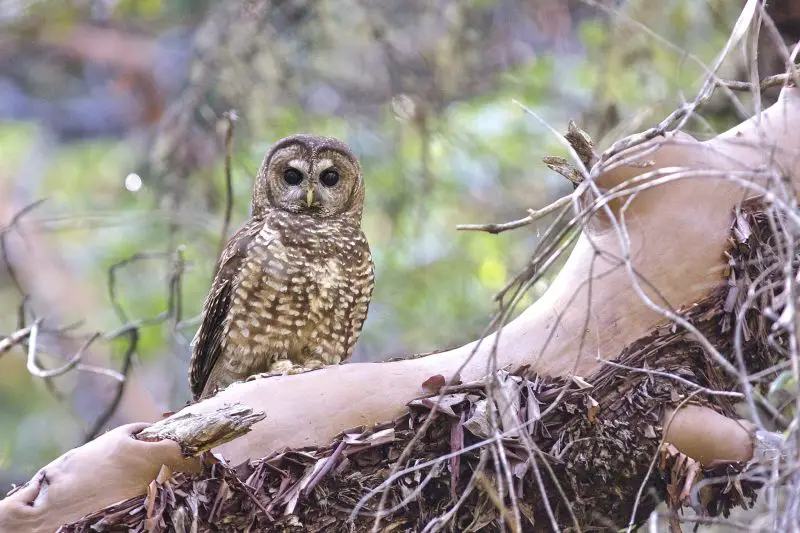
Perhaps no bird symbolizes Oregon’s conservation battles like the Northern Spotted Owl. It thrives only in mature, unfragmented forests where fallen logs and towering canopies form a living labyrinth. Its haunting call carries through old-growth valleys at night, yet sightings have become rare.
Competition with Barred Owls and decades of habitat loss have pushed this species to the brink. Conservationists now protect large tracts of forest not only for the owl’s survival but also for the countless species sharing its ecosystem.
Great Gray Owl (Strix nebulosa)
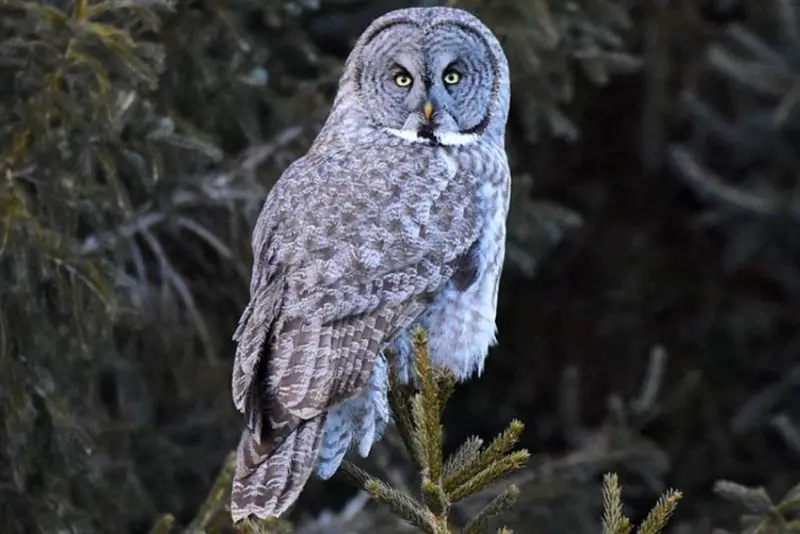
The Great Gray Owl, with its massive frame and piercing yellow eyes, is a true ghost of the mountains. Found in Oregon’s Blue and Wallowa ranges, it relies on meadows surrounded by dense conifers. Its hearing is so acute it can detect voles scurrying beneath snow.
This owl’s hunting technique—plunging through snow to grab hidden prey—is one of the forest’s most astonishing displays of precision.
Barn Owl (Tyto alba)
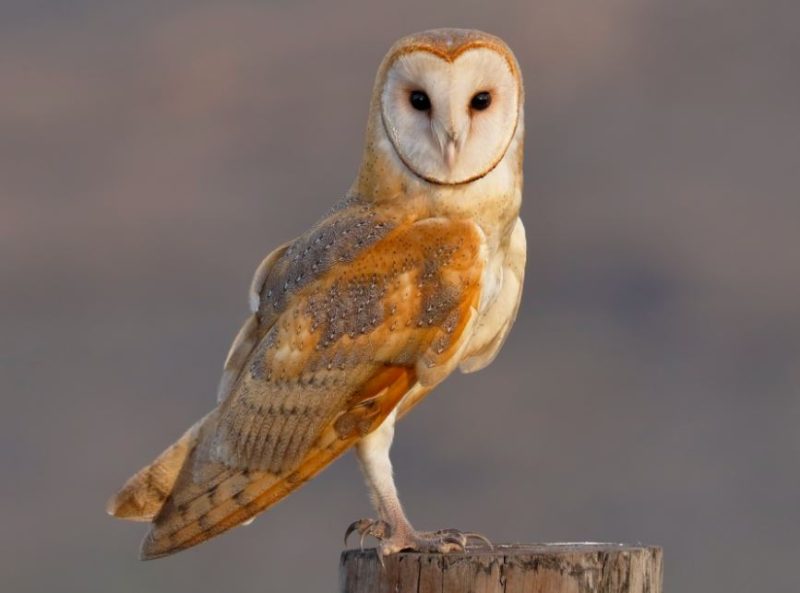
Ethereal and pale, the Barn Owl haunts open farmland, grasslands, and even rural barns near forest edges. It is easily recognized by its heart-shaped face and long, screeching cry.
Unlike most forest owls, Barn Owls prefer open spaces to hunt. They help farmers by consuming thousands of rodents yearly, making them silent allies in pest control.
Barred Owl (Strix varia)
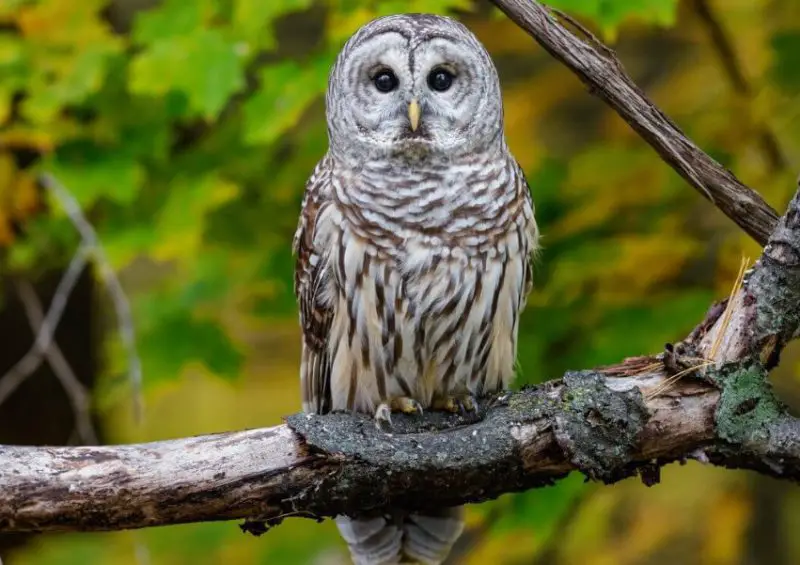
Once an eastern species, the adaptable Barred Owl expanded westward and now thrives throughout Oregon. It occupies a range of habitats—from deep forests to suburban parks—often outcompeting the Northern Spotted Owl.
Though controversial in its ecological impact, the Barred Owl’s adaptability and intelligence make it one of Oregon’s most resilient raptors.
Northern Saw-whet Owl (Aegolius acadicus)
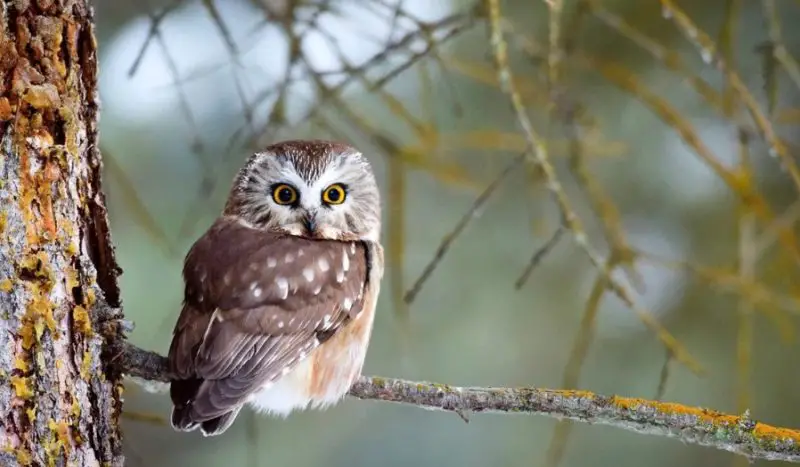
Tiny but fierce, the Northern Saw-whet Owl hides within dense conifers and is often heard before it’s seen. Its repetitive “toot-toot” call echoes on quiet nights, signaling its presence.
Despite its small size, it’s a formidable predator, taking down mice with surprising speed. Birders consider spotting this elusive owl a special reward for patient listening.
Unique Adaptations That Make Owls Masters of the Night
Owls are not merely birds of the night—they are biological marvels refined by evolution to dominate darkness.
Exceptional Vision
Owls possess some of the most specialized eyes in the animal kingdom. Their large forward-facing eyes grant binocular vision, allowing perfect depth perception. Rod cells far outnumber cone cells, enabling them to detect even the faintest movement in low light.
Silent Flight Engineering
Their flight is virtually soundless thanks to fringed feather edges that disrupt air turbulence. The velvet texture of their plumage further absorbs sound, allowing them to approach prey undetected.
Asymmetrical Hearing
Owls hear in three dimensions. One ear is set slightly higher than the other, giving them the ability to triangulate the exact location of prey—even under snow or leaf litter.
Together, these traits make Oregon’s owls the ultimate nocturnal predators, perfectly adapted to their shadowy realm.
Silent Flight: The Physics of Stealth
Few sounds in nature are as eerie—or as absent—as an owl’s flight. Their feathers are designed to muffle the whisper of wind. The leading edge of each wing bears comb-like serrations that scatter air flow, while the downy covering softens residual noise.
This adaptation is vital for ambushing prey like rodents that rely heavily on hearing to detect danger. In Oregon’s hushed forests, such stealth makes the difference between hunger and survival.
How Owls Hunt and Communicate
Listening Instead of Seeing
While their vision is extraordinary, owls rely just as much on hearing. Their disc-shaped faces act like satellite dishes, focusing sound toward their asymmetrical ears. Some can locate a mouse in total darkness from over 30 feet away.
Nighttime Calls
Each owl’s call is a distinct signature, echoing through valleys and across treetops.
- Great Horned Owl: Deep, rhythmic hoots that define Oregon’s nighttime soundscape.
- Barn Owl: Harsh, chilling screeches that can startle first-time listeners.
- Saw-whet Owl: High-pitched repetitive toots resembling a small instrument being tuned.
Listening at dusk, rather than searching visually, is often the key to finding them.
Seasonal Patterns and Breeding Cycles of Oregon Owls
Oregon’s owls are active year-round, but their behaviors shift subtly with the seasons.
Winter: The Season of Survival
In cold months, food scarcity drives owls to expand their hunting territories. Great Horned Owls may begin courtship as early as January, their duets marking territorial claims even before snow melts.
Spring: The Time of New Life
By March or April, nesting begins. Females incubate eggs in hollow trees or abandoned nests while males bring food. The soft begging calls of owlets can sometimes be heard from afar, revealing new life hidden among the branches.
Summer: Learning the Hunt
Fledglings leave the nest by midsummer. Their early flights are clumsy, yet under watchful parents, they quickly master the skills of stealth and precision.
Autumn: Preparation for the Next Cycle
As days shorten, adults re-establish hunting ranges and prepare for the next breeding season. Migratory species like the Short-eared Owl move toward open fields and grasslands before the cold returns.
Conservation Challenges in Oregon’s Forests
Habitat Loss and Fragmentation
Logging and land development have long reduced old-growth forests. Owls like the Northern Spotted require large, undisturbed tracts for nesting and hunting. Fragmentation forces them into smaller patches where survival becomes difficult.
The Barred Owl Invasion
The Barred Owl’s westward spread presents a complex conservation dilemma. As stronger competitors, they displace native Spotted Owls from their homes. Wildlife biologists are exploring controlled management to preserve Oregon’s ecological balance.
Climate Change
Rising temperatures and altered snow patterns threaten species that depend on predictable winter conditions. Great Gray Owls, reliant on deep snowpacks for hunting, may find fewer opportunities as winters grow milder.
Conservation efforts in Oregon focus on habitat restoration, research, and public education to ensure these silent hunters endure for generations.
How You Can Spot Owls in Oregon Forests
Best Times and Places
Owls are creatures of twilight and dawn, but patient observers can find them year-round.
-
Time of Day: Dusk and early morning.
-
Season: Late winter and early spring when males call most frequently.
-
Prime Locations: Mount Hood National Forest, Willamette National Forest, Crater Lake National Park, Deschutes National Forest, Forest Park and Sauvie Island near Portland.
Observation Tips
- Listen first: Calls often reveal their position long before a sighting.
- Use minimal light: Red headlamps reduce disturbance.
- Stay patient and quiet: Silence is your best tool.
- Respect breeding areas: Avoid approaching nests or playing recorded calls.
Even a faint hoot in the distance can become a thrilling experience once you understand who’s speaking in the dark.
How to Photograph Owls Responsibly in the Wild
Owl photography is an art of patience, ethics, and respect.
- Use Long Lenses: Maintain distance—never force a close encounter.
- Avoid Flash: Sudden light can disrupt nocturnal vision.
- Be Still and Silent: Owls are acutely aware of movement and sound.
- Know the Law: Some nesting sites are protected under federal or state regulations.
Capturing a natural moment—an owl gliding through mist or perched beneath moonlight—is worth far more than disturbing its peace.
The Secret Life of Baby Owls
Owlets emerge as fragile bundles of white down, blind and dependent. In Oregon’s forests, they stay hidden within tree hollows or cliff crevices as parents tirelessly bring food.
By midsummer, they practice short flights between branches, often tumbling clumsily before mastering control. These early attempts are critical lessons in stealth and survival.
Observing owlets grow offers an intimate look at the circle of life—one that begins quietly beneath the watchful gaze of the forest canopy.
Why Owls Matter to Forest Health
Owls are ecological barometers. When they thrive, so does the forest. Their role in controlling rodent populations keeps ecosystems balanced and prevents crop loss.
Because they require intact habitats, their presence signals a healthy forest structure. Protecting owl territories often safeguards entire ecosystems, ensuring biodiversity from insects to elk.
In essence, saving an owl means saving Oregon’s wild heritage.
Fun Facts About Oregon Owls
- A Great Horned Owl’s grip can crush bone with over 300 pounds of pressure.
- Barn Owls consume up to 1,000 rodents annually, saving farmers from pests.
- The Northern Saw-whet’s call mimics a saw being sharpened—hence its name.
- Great Gray Owls stand taller than any other North American owl.
- Owls can rotate their heads 270 degrees without cutting off blood flow.
These traits make them not only fascinating but also vital to the state’s ecological story.
Tips for Helping Owl Conservation
- Support reforestation and sustainable forestry programs.
- Avoid using rodenticides—poisons move up the food chain.
- Participate in bird surveys or habitat restoration projects.
- Educate your community about owls’ importance in Oregon’s ecosystems.
Every small effort contributes to keeping these magnificent birds in our skies.
FAQs About Owls in Oregon
What is the most common owl in Oregon?
The Great Horned Owl reigns as the most widespread species, found in nearly every environment from city outskirts to desert cliffs.
Where can I see owls near Portland?
Forest Park, Sauvie Island, and Mount Hood National Forest offer excellent chances of hearing or spotting owls after sunset.
Are Northern Spotted Owls endangered?
They are classified as threatened under the U.S. Endangered Species Act due to long-term habitat loss and competition from Barred Owls.
Do owls migrate in Oregon?
Most are permanent residents. However, Short-eared and Snowy Owls occasionally migrate southward in winter, especially during food shortages up north.
How can I attract owls to my property?
Install nesting boxes, reduce night lighting, and maintain natural vegetation to provide prey and shelter. Patience is key—owls favor quiet, undisturbed spaces.
Conclusion
Oregon’s forests hold countless mysteries, and few are as captivating as the owls that inhabit them. Each species—from the majestic Great Gray to the ghostly Barn Owl—embodies a unique story of adaptation and endurance.
By learning their behaviors, listening to their calls, and protecting their habitats, we form a deeper connection to the wilderness that surrounds us. The next time you wander beneath Oregon’s star-filled canopy, pause for a moment. In the hush of the forest, you may hear the soft echo of wings—a reminder that the forest is alive, and its secrets are only a heartbeat away.

